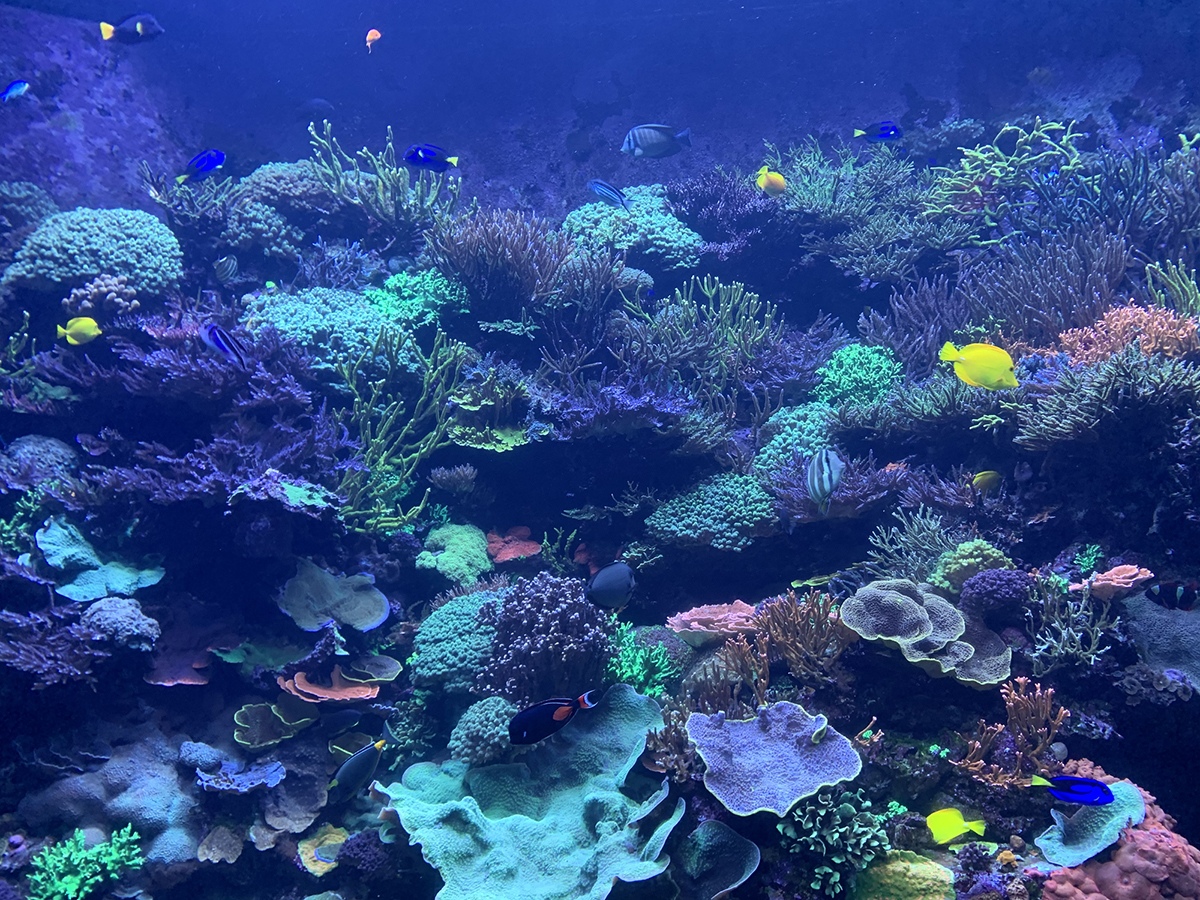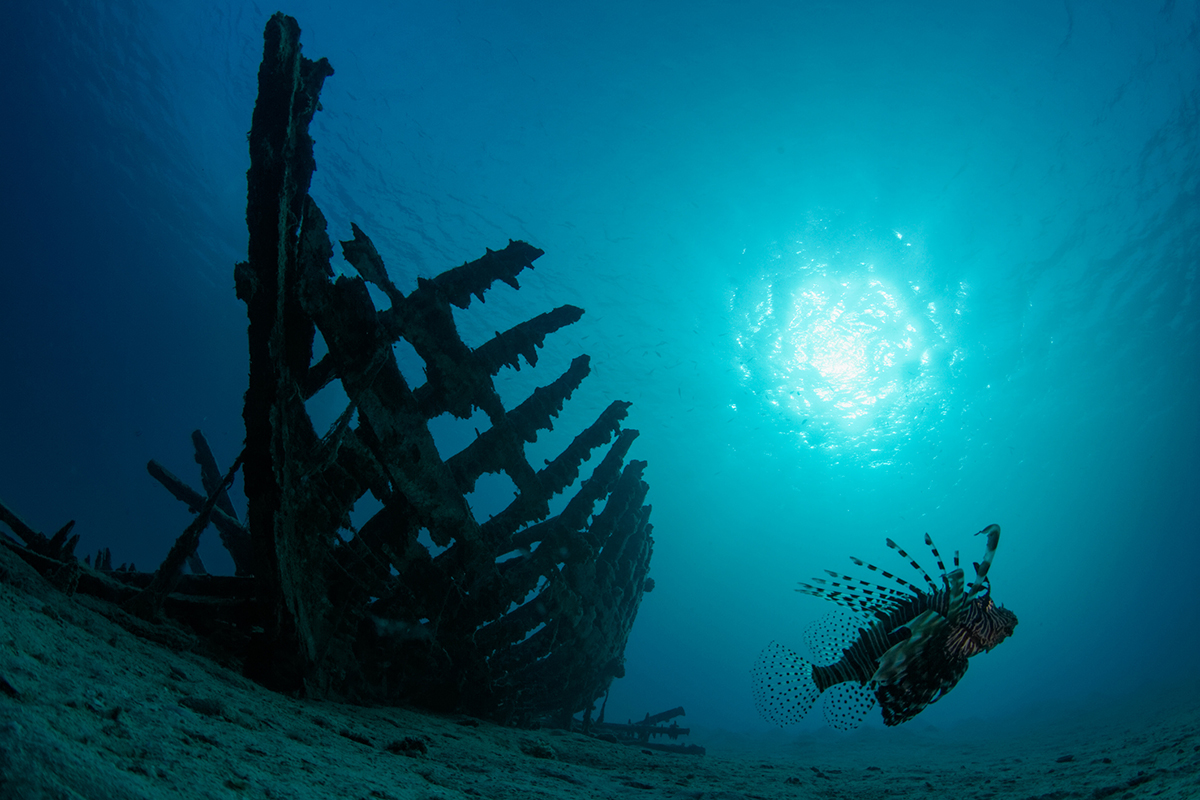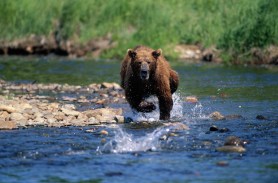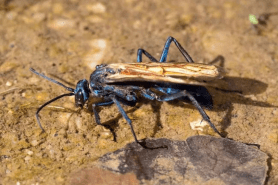

June 8th is World Oceans Day, and it has been since 1992. Canada proposed the concept at the Earth Summit in Rio to help rally the public around fighting climate change. Now, a number of organizations, including zoos, aquariums, museums, and other businesses work together to raise awareness about the needs of the planet. The work has spread to over 150 countries, with the goal of protecting at least 30% of the ocean by 2030.
Videos by Outdoors with Bear Grylls
In honor of World Oceans Day, here are 10 facts about our blue planet and the oceans that cover it.
1. Earth is 71% water
Earth is primarily made up of water—in fact, about 71% of the Earth’s surface is covered by water. The oceans make up about 96.5% of the water on Earth. The rest is freshwater in rivers and lakes and stored as ice.
2. More than 80% of the ocean is unexplored
Less than 10% of the ocean floor has been mapped with modern sonar technology. Scientists continuously explore the seafloor using underwater vehicles and technology, but because of the sheer vastness of the world’s oceans, there remain more questions than answers. Continued efforts in the field of oceanography will help uncover more knowledge about what goes on beneath the waves.
3. Coral reefs absorb UV rays like sunscreen

We know that coral reefs are being harmed by our sunscreen, but did you know that corals’ calcium-carbonate exoskeletons act like a sunscreen by absorbing UV light? Many marine organisms produce calcium-carbonate shells as protection from predators, and now scientists believe this also helps protect them from ultraviolet radiation.
4. The largest mountain range is underwater
You’ve heard of Everest, but have you ever heard of the Mid-Ocean Ridge? It’s actually the largest chain of mountains on the planet, and more than 90% of it lies below the water. The Mid-Ocean Ridge is over 40,000 miles long and wraps completely around the globe. The mountains are volcanic.
5. More people have been to the moon than this trench
Only three people have ever been to the Mariana Trench, the deepest oceanic trench on Earth, located in the North Pacific Ocean. It stretches over 1,500 miles and is nearly seven miles deep in some places. Located off the coast of the Mariana Islands and Guam, the Mariana Trench is home to the deepest point on Earth, the Challenger Deep. The first person to go to the bottom was Navy Lieutenant Don Walsh, but the most notable visitor might be director James Cameron.
6. Three million shipwrecks
Though the exact number is unknown, it is estimated that there are roughly three million shipwrecks on the ocean floor today. From Navy ships to dinghies, the ocean has become a final resting place for countless vessels. Some places seem to be hotspots for shipwrecks, like the Bermuda Triangle and an area off the coast of North Carolina where there are an estimated 5,000 shipwrecks. Sunken ships often become artificial reefs, housing a diverse array of marine life.

7. The Great Barrier Reef is visible from space
The Great Barrier Reef is the largest living system on the planet at 1,429 miles long. It is made up of 3,000 individual reefs and is big enough to be seen from space. The reef makes up 10% of the Earth’s reef population and has an area of 133,000 square miles.
8. The Grand Canyon: Not so grand?
The Zhemchung Canyon is a T-shaped canyon in the waters off the coast of Alaska in the Bering Sea. It is 20% longer and deeper than the Grand Canyon. Zhemchung Canyon is named after the Russian word for “pearl” and describes the flat and smooth surface of the canyon. It’s home to a wide variety of sea life.
9. The ocean can crush you
On land, our bodies are constantly under pressure, but only as much as human bodies can handle. Underwater, there is way more pressure, especially as you dive to greater depths. The water pressure in the deep sea would squeeze the air out of your lungs and sinuses. Animals that live in the deep have adaptations that allow them to withstand the immense pressure of the deep. Humans can only reach these depths in a submersible designed for deep-sea dives.
10. There’s a place called the White Shark Café
Between California and Hawai’i, there is an area of the open ocean about the size of Colorado that scientists have nicknamed the White Shark Cafe, because many white sharks migrate there in the winter and spring. Scientists aren’t entirely sure why these sharks congregate in this remote, subtropical location year after year. Add it to the many mysteries of the ocean.
Which weird and wonderful fact surprised you most? Tell us in the comments below.










Enjoyed article very much very helpful